Hysteroscopy is a medical procedure that involves using an instrument called a hysteroscope to examine the inside of the uterus. Here are the basic classifications and components of hysteroscopy:
Diagnostic hysteroscopy: This type of hysteroscopy is performed to diagnose or evaluate conditions affecting the uterus, such as abnormal bleeding, uterine fibroids, polyps, or adhesions. It involves inserting a thin, flexible hysteroscope through the cervix into the uterus to view the uterine lining.
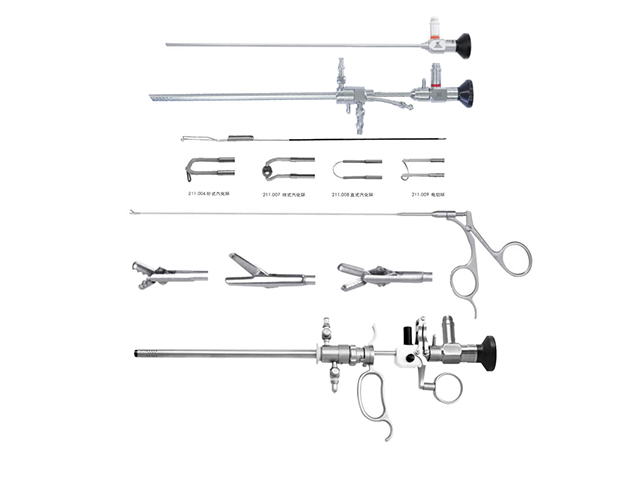
Operative hysteroscopy: This type of hysteroscopy is performed to treat conditions of the uterus, such as removing fibroids or polyps, or to correct abnormalities, such as uterine septum. It involves using specialized instruments passed through the hysteroscope to perform the necessary procedures.
The basic components of a hysteroscope include:
Hysteroscope: This is a thin, lighted tube with a camera and lens that allows the physician to view the inside of the uterus.
Light source: A light source is attached to the hysteroscope to illuminate the uterine cavity, making it easier to see and examine.
Fluid management system: A fluid management system is used to maintain a clear view of the uterine cavity during the procedure. The system consists of a pump that delivers fluid, such as saline or carbon dioxide, into the uterus, and a suction device that removes the fluid and debris.
Operative instruments: If an operative hysteroscopy is being performed, specialized instruments, such as scissors, forceps, or lasers, may be passed through the hysteroscope to perform the necessary procedures.
Hysteroscopy is a safe and effective procedure for diagnosing and treating a variety of uterine conditions. It is typically performed on an outpatient basis and has a short recovery time.




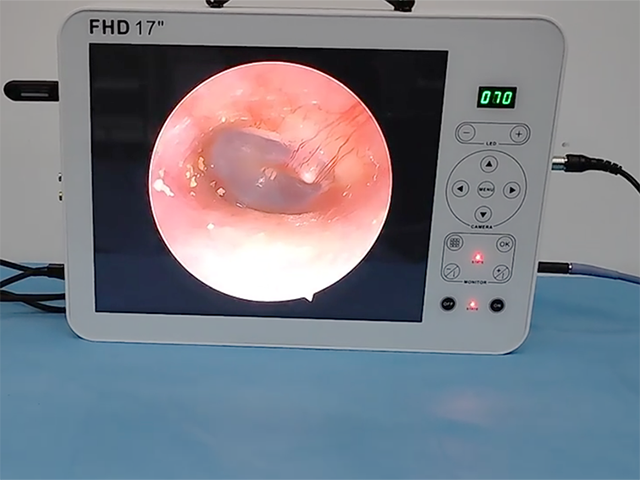
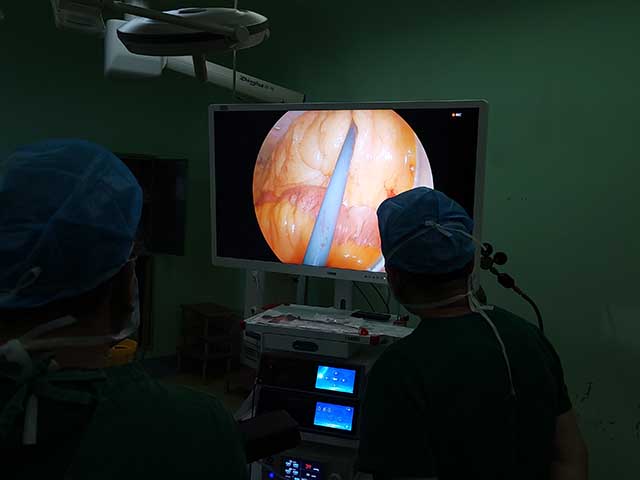
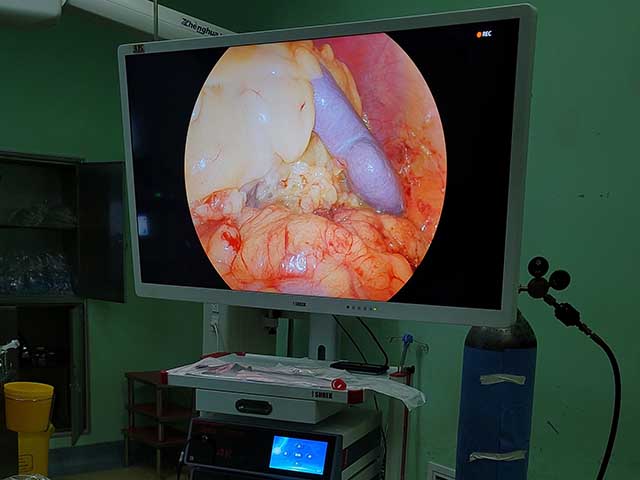

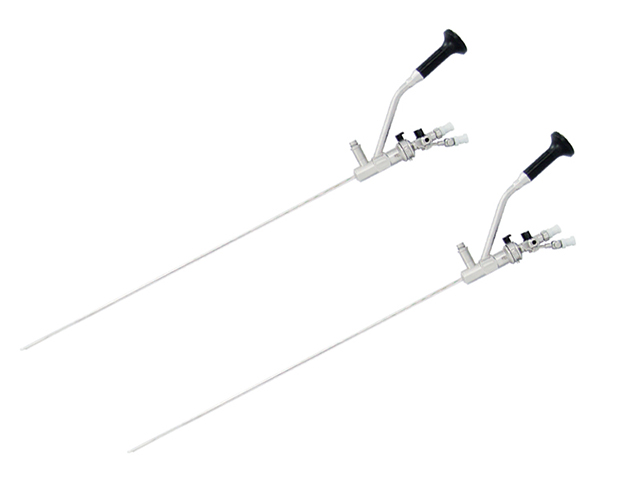
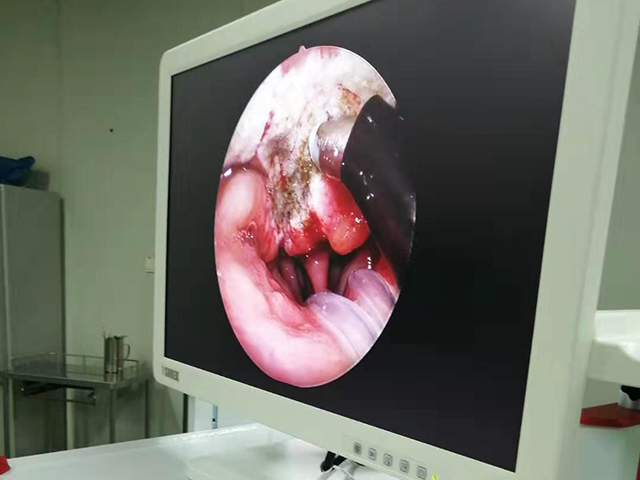
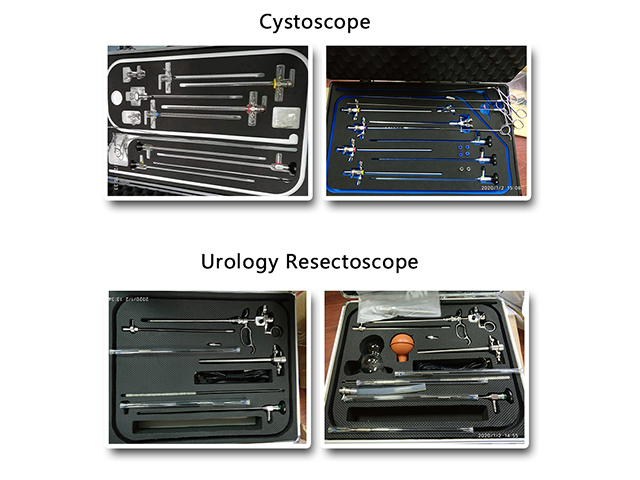
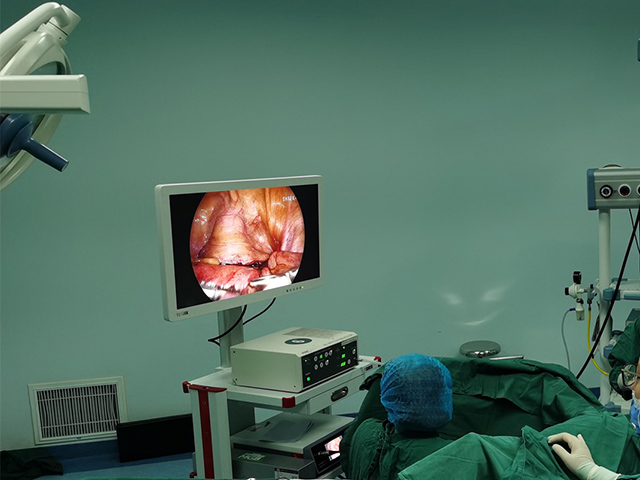
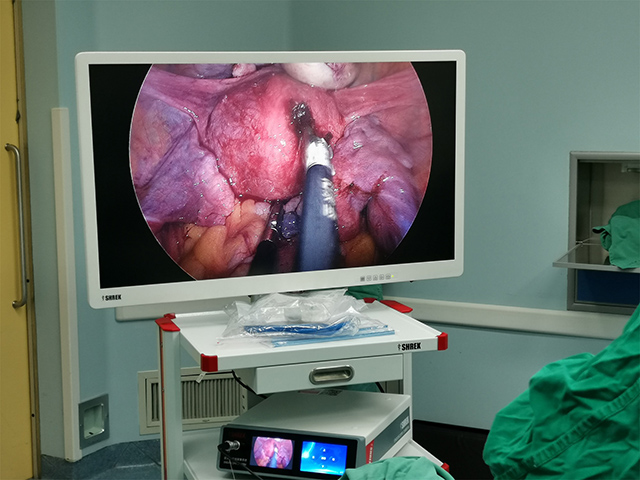
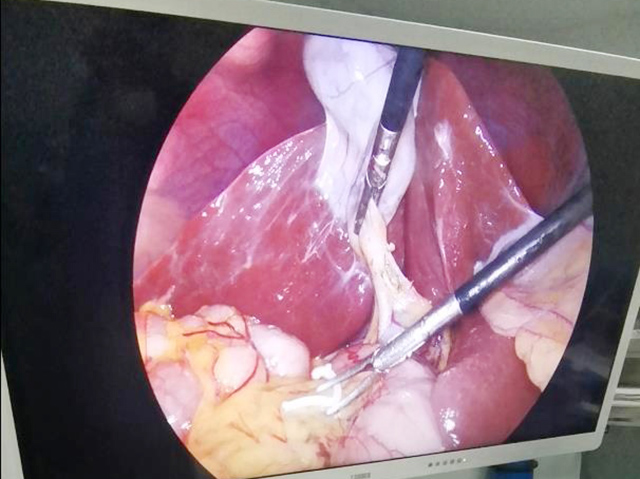


Leave A Inquiry